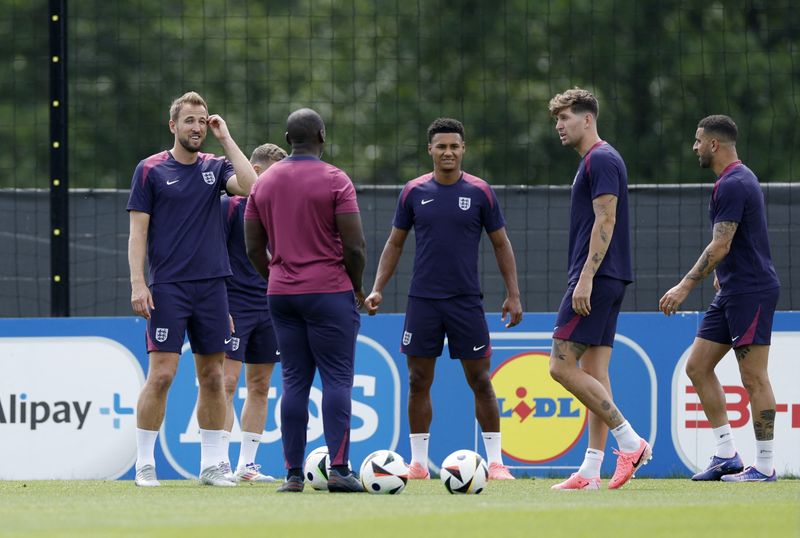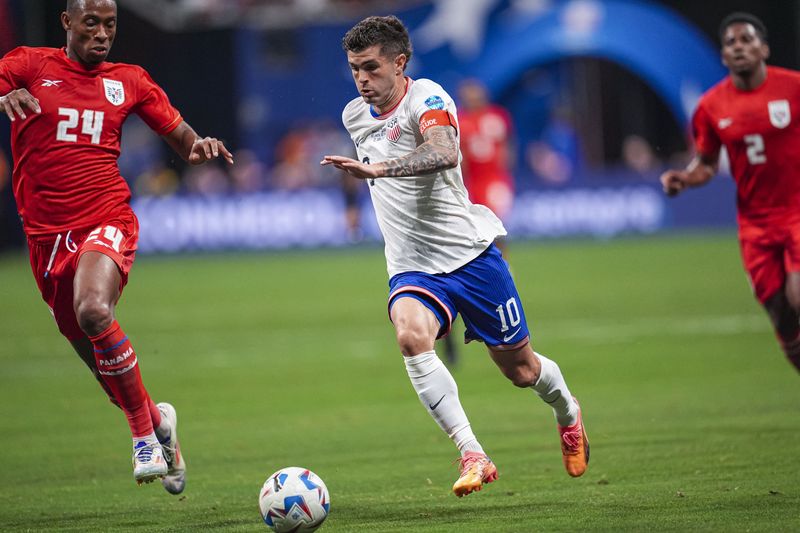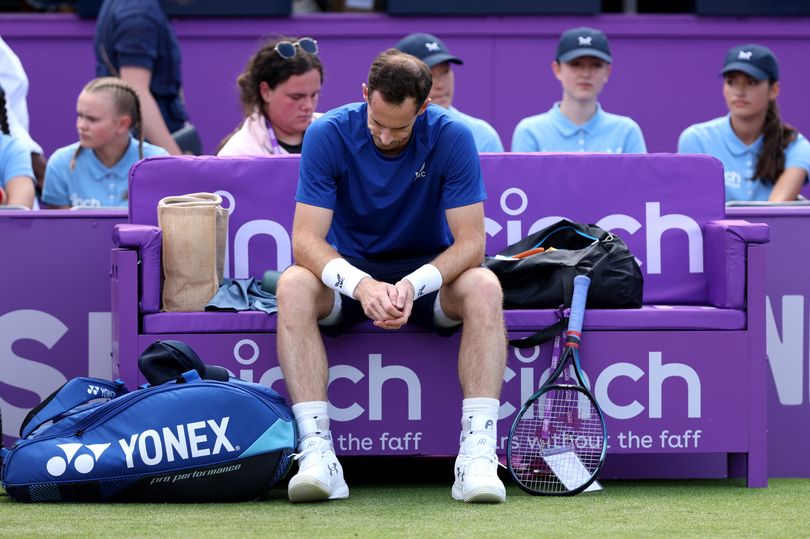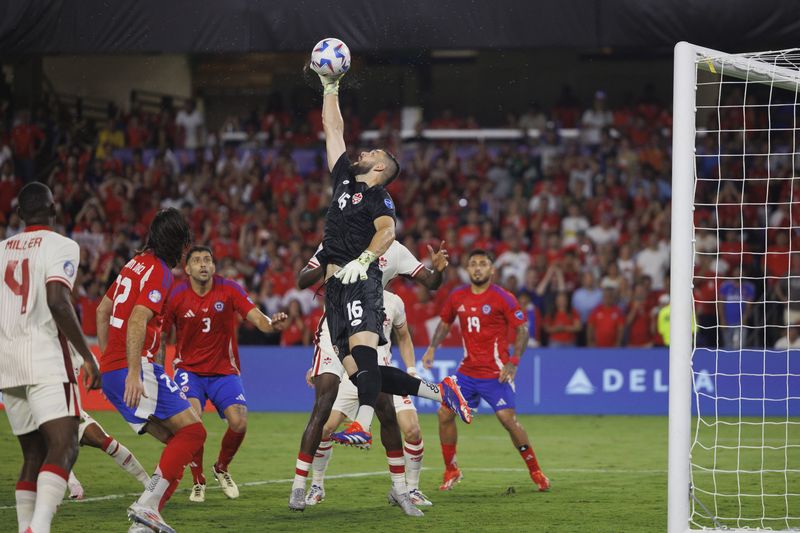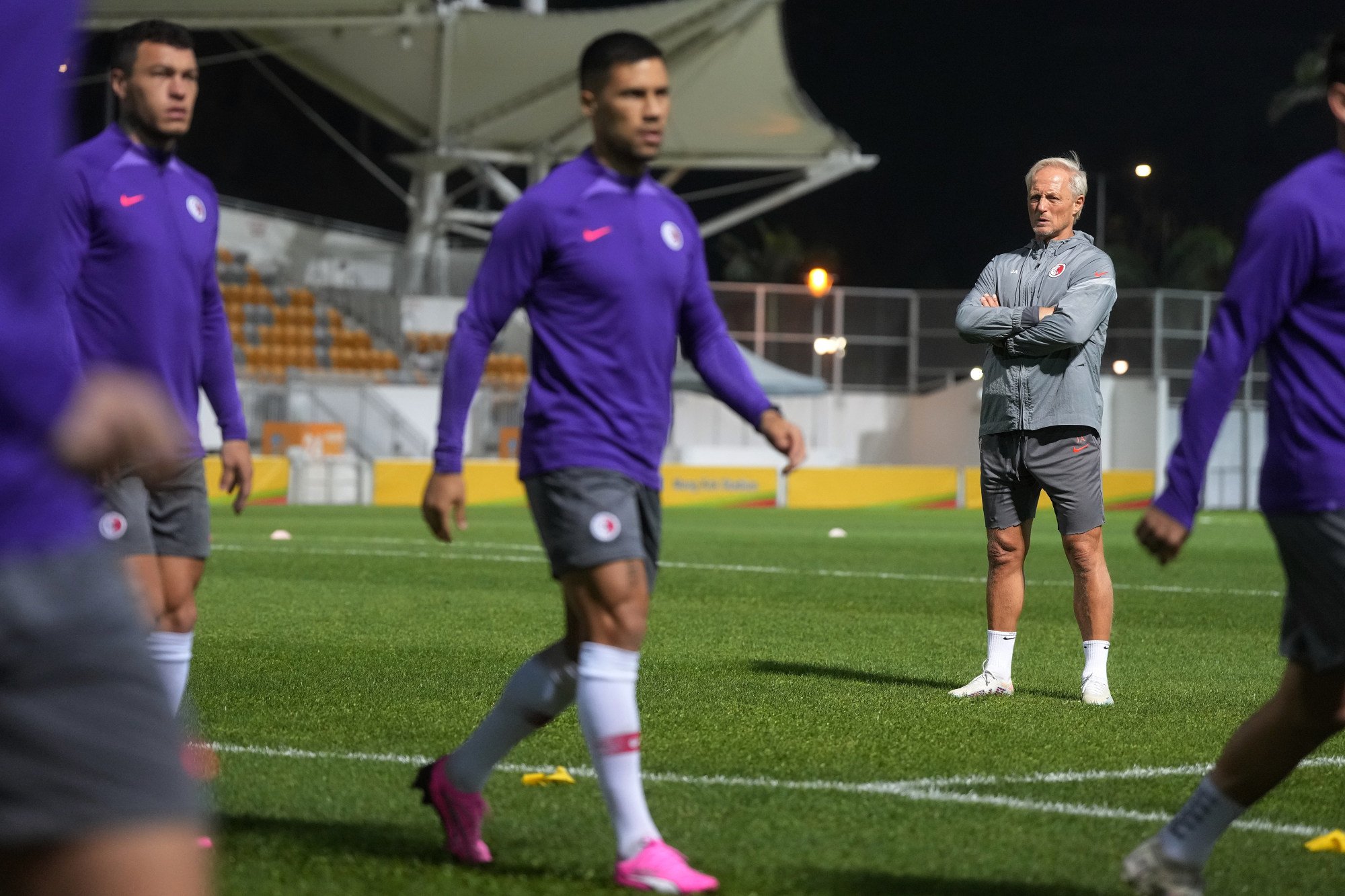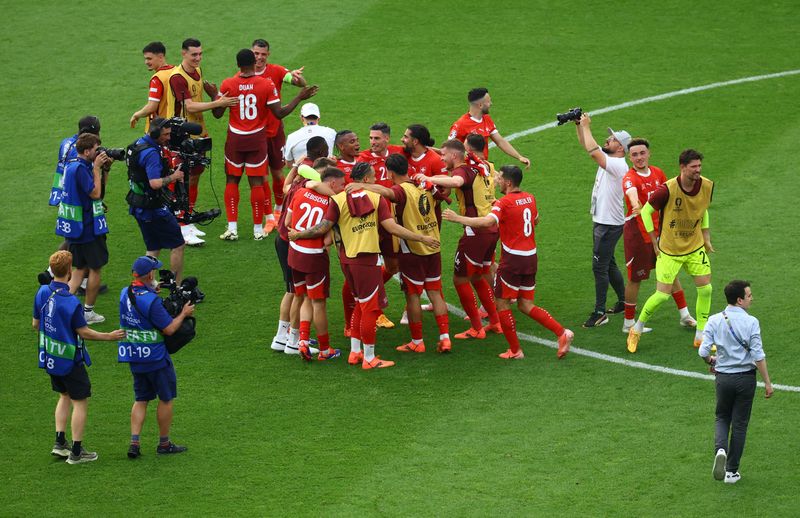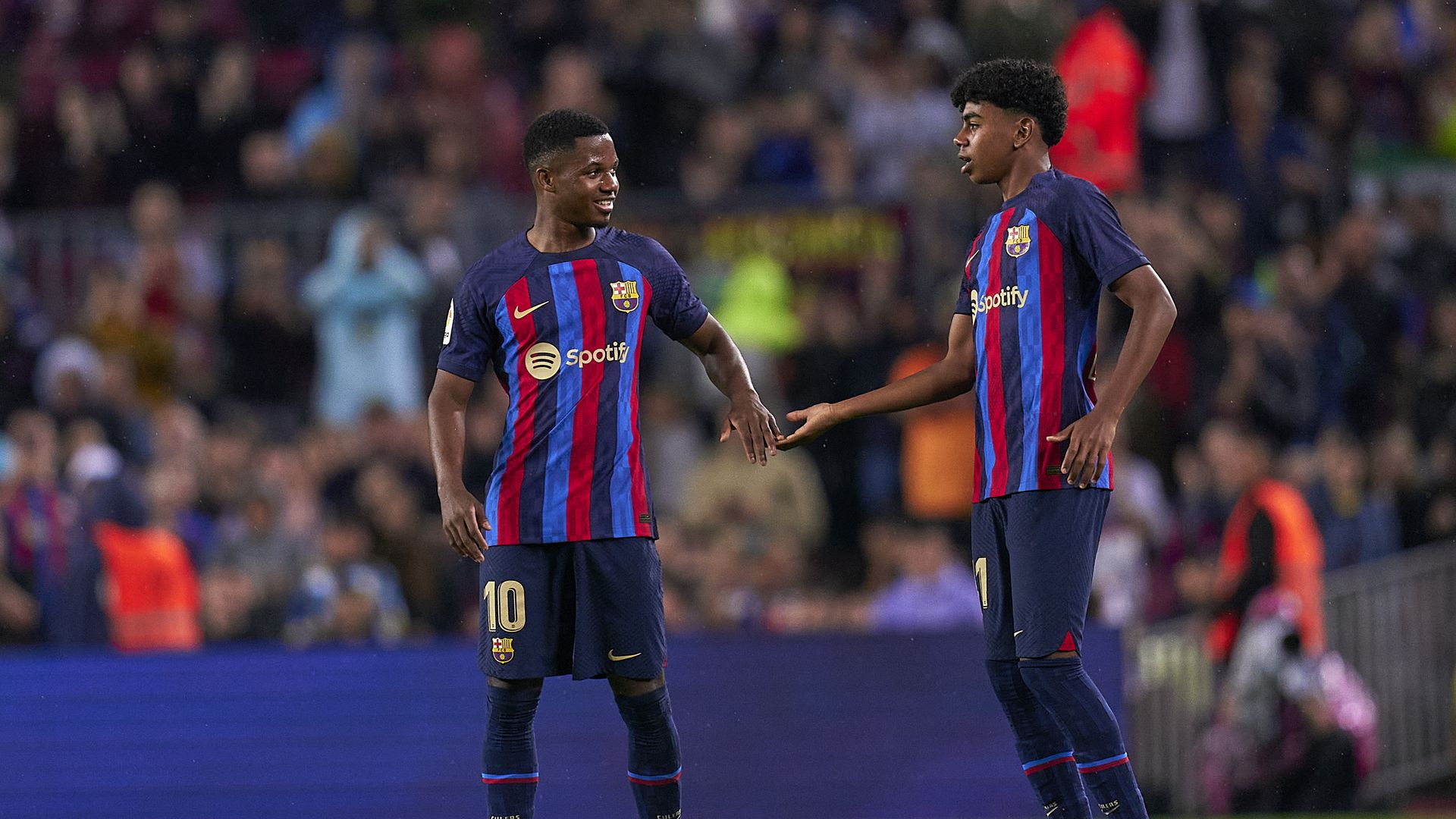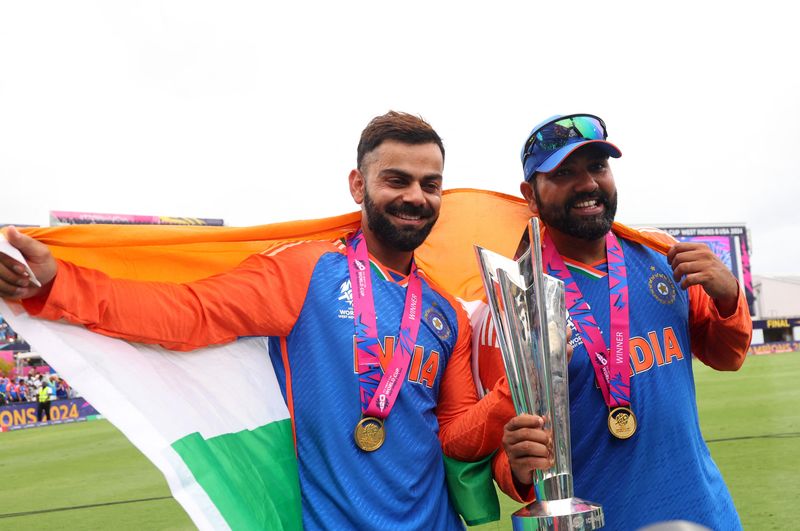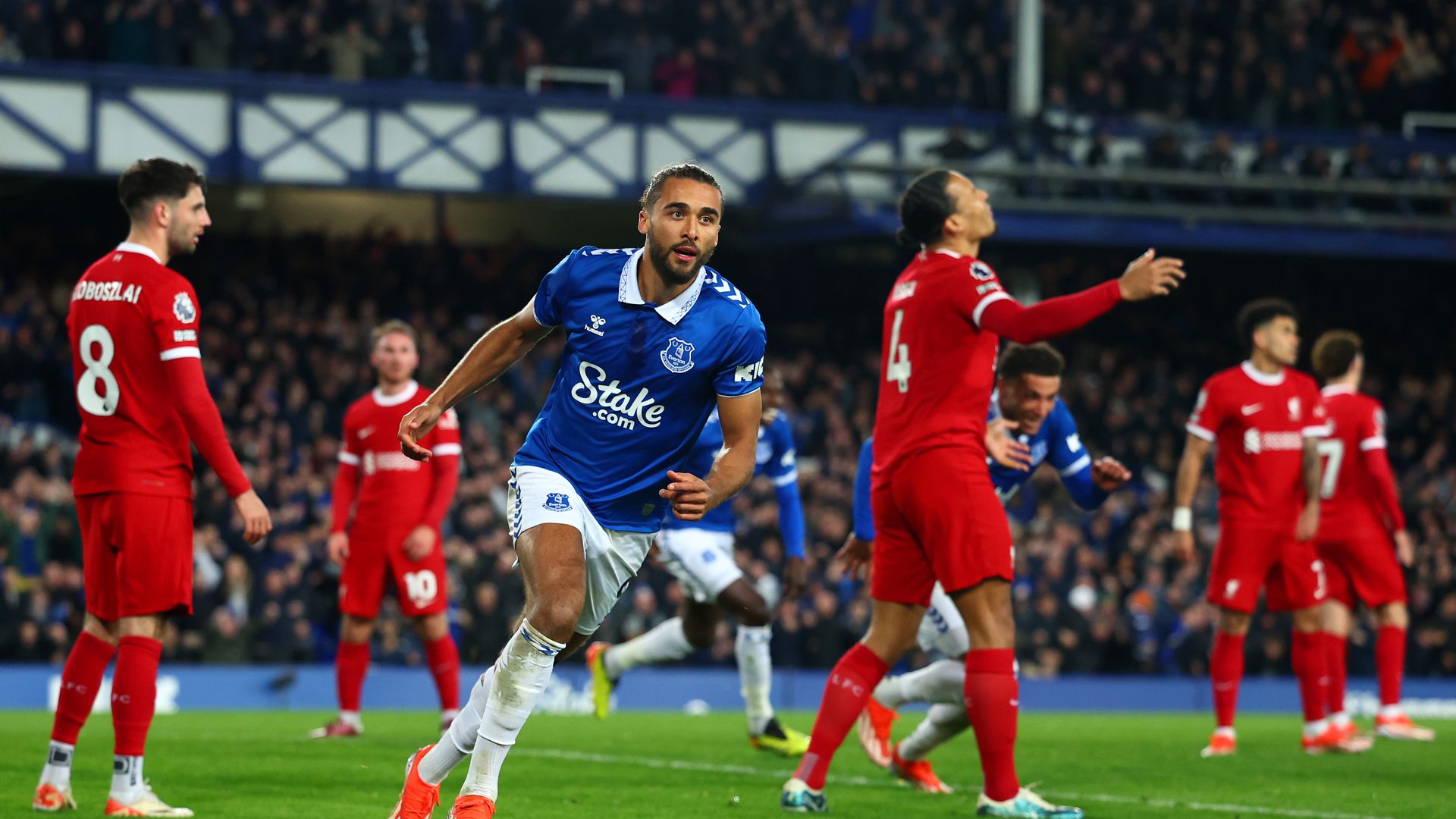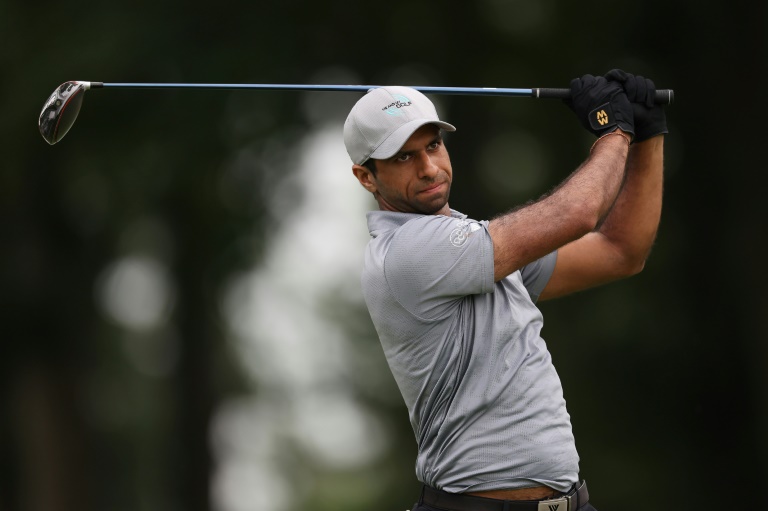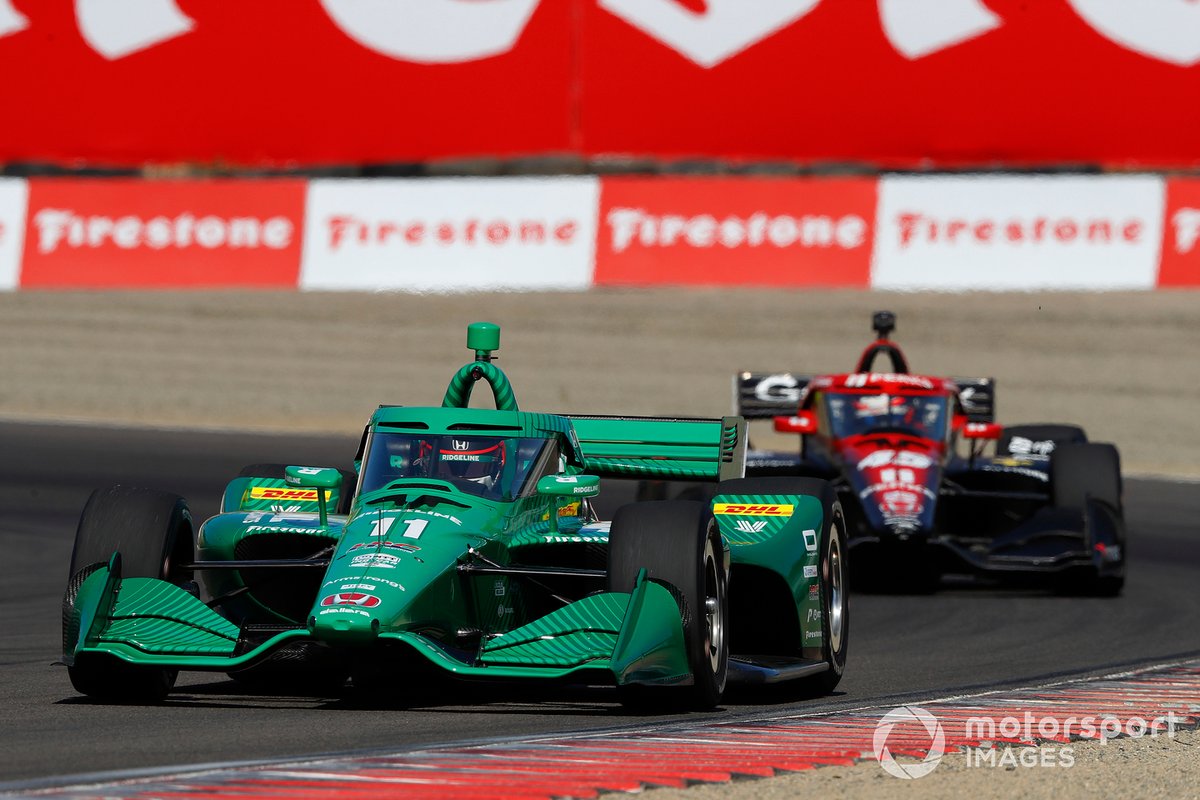
WHY INDYCAR’S RACE CONTROL SHOULD TWEAK YELLOW FLAG POLICY DURING PIT CYCLES
There was a moment at Laguna on Sunday that undoubtedly followed IndyCar Race Control’s protocol, but it left many questioning why that is so in the first place.
With 21 laps to go, Rahal Letterman Lanigan Racing’s Christian Lundgaard was attacking Marcus Armstrong, who’d just exited the pits and was on cold tires.
The Dane lunged to the inside of Armstrong going into Turn 5, which led to contact and sent the No. 11 Chip Ganassi Racing Honda off course near the tire barrier. His attempt to save the car whipped him back across the track – with Graham Rahal nearly plowing into the side of him at the exit of a corner that is between 130-140 mph – before coming to a stop on the inside of the corner's exit, stalled while sitting prone at the edge of the racing surface.
The incident happened as the day’s frontrunners already pitted between laps 67-70 of 95, but the caution was held as Team Penske’s Josef Newgarden cycled to the lead and came in for his final pit stop on lap 75, with the yellow flag coming out right before sliding into his pit box.
Josef Newgarden, Team Penske Chevrolet pit stop
Photo by: Perry Nelson / Motorsport Images
Newgarden, who had been penalized for an improper pit exit by Race Control earlier in the race, pitted on lap 75 and take advantage of the caution, which neutralized the field and allowed him to slot second in the field, roughly eighth to 10 spots higher than where he would have cycled through had he been forced to run an out-lap like his competitors on stone-cold rubber.
Although in a more advantageous position, Newgarden – the reigning two-time Indianapolis 500 champion – never challenged eventual race winner Alex Palou and eventually trashed his potential top-five result after spinning in Turn 6 on the penultimate lap to finish 19th.
Regardless, though, it was a bad look by Race Control as doubts of favoritism – since Newgarden drives for the very team owner that also owns the series – rolled to the front of the minds of numerous people in the paddock, along with several fans sharing their views on social media.
Josef Newgarden, Team Penske Chevrolet, wins the 2023 Indy 500 after a last-lap shootout
Photo by: Josh Tons / Motorsport Images
It was also yet another controversial call that Newgarden was involved in; he won last year’s Indy 500 after Race Control set up an unprecedented one-lap shootout with cars rolling off pit lane and taking the green and white flag, with Newgarden running second and making the race-deciding pass on leader Marcus Ericsson heading into Turn 3.
Going back to the incident at Laguna Seca, it took 1 minute and 21 seconds for the caution to come out after the moment of contact between Armstrong and Lundgaard, and 1 minute and 14 seconds after the former was evidently left stranded and the cloud of dust had cleared. For perspective, the fastest race lap on the day was 1 minute and 9 seconds by Ericsson in the No. 28 Andretti Global Honda.
And this isn’t the first time a situation like this has taken place in North America’s premier open-wheel championship.
Agustín Canapino, Juncos Hollinger Racing Chevrolet, at Portland in 2023
Photo by: Gavin Baker / Motorsport Images
Last year at Portland International Raceway, Agustin Canapino overshot Turn 10 and spun through the corner, coming to a stop just off track in Turn 11 with 27 laps to go in the 110-lap race. When timing from the start of the spin, Race Control held off from throwing the caution for 1 minute, 11 seconds.
Additionally, it took Felix Rosenqvist – the race leader that had yet to pit – 42 seconds of that timeframe to return to the pits, with the caution coming out as he was being serviced. He was the only driver to pit on lap 84 and returned to second place, not needing to push on an out-lap, as the rest of the field was slowed by the caution.
He ended up finishing second. The fastest race lap at the 1.964-mile, 12-turn road course was done in 59.3s by Newgarden.
One thing that has been consistent in all of this – and “consistent” is a crucial word – is that Race Control has maintained the approach to hold off throwing the caution unless a car has crashed into a wall or tire barrier.
However, there are better ways to do things and potentially make it easier for new fans trying to follow the sport.
Marshals wave yellow flags during an IndyCar caution period
Photo by: Covy Moore
The reality is by holding off the caution during a pit cycle while a car is stranded puts the field in a frenzy to push even harder because they know the yellow flag will eventually come out, which only increases the percentage of an even worse incident happening. This is one of those situations where Race Control is playing a dangerous game and the optics make it seem like safety is not a priority.
If this is the system that Race Control wants to continue with when a car is unable to get moving again, why not allow the full pit cycle to run its course so the field blends accordingly? If it didn’t warrant a yellow flag right away, and the timeframe is already exceeding a full minute in both the aforementioned instances, what is a few seconds more?
Because the reality is that by throwing the yellow flag when the final car is making their respective pit stop, the rest of the field is being penalized by being neutralized.
A Formula 1 VSC board on the entrance to Mirabeau Bas
Photo by: Mark Sutton / Motorsport Images
Some other thoughts include an F1-style Virtual Safety Car option to be enabled immediately when it becomes obvious the car stalled. This would allow the pace to be significantly slowed and gaps maintained while the AMR Safety Team provides assistance to the stranded car.
Race Control can decide whether the pits should be open or not during this period, but if left open there would still be a level of integrity maintained as those that needed to pit would cycle out with less of an advantage under the current formula.
There is also a notion to just throw the yellow flag when a car is immediately stranded and damn the cost of what follows. If a driver stayed out too long, that’s on them. Trying to find the right strategy in an ever-evolving race is a gamble: at times you’re going to come away with the jackpot, while at other moments you might lose all your chips.
Patricio O'Ward, Arrow McLaren Chevrolet car stalled at pit out
Photo by: Geoffrey M. Miller / Motorsport Images
It should be said, though, that the implementation of IndyCar’s hybrid unit beginning at the next round at Mid-Ohio Sports Car Course will start a new era that should see fewer situations of cars stranded on track.
That’s because the low voltage system will have the ability for drivers to restart the car by themselves in the event of a stall on track, which will avoid the need for the AMR Safety Team to be deployed and assist.
While the self-start ability will reduce problems of cars stalled on track, it won’t erase them.
While these calls are undoubtedly difficult, at the end of the day, a more straightforward system by Race Control would surely improve the legitimacy and purity in the outcome for the most competitive series on the planet.
Read Also:
